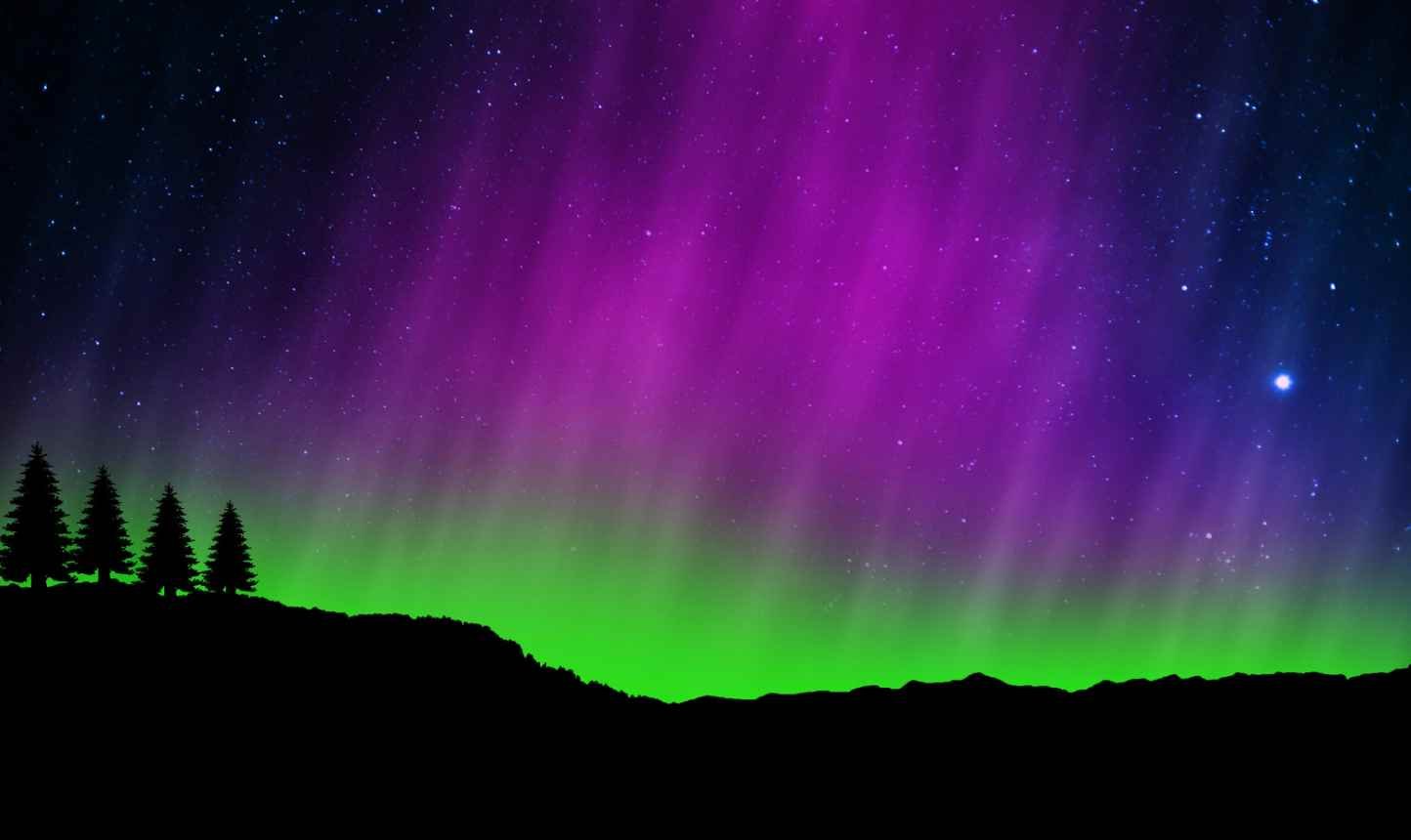Highlights
- Missed the Northern Lights? Sleeping early could be the reason.
- Cloudy skies often block the aurora, so have a backup plan for clear skies.
- Patience is key — auroras can be fleeting and unpredictable.
- Your smartphone camera can capture faint auroras that your eyes can’t.
- Follow reliable sources like NOAA for accurate aurora forecasts.
- Light pollution in cities often prevents seeing the Northern Lights.
- With an intense solar maximum underway, more aurora opportunities are coming.
Did you miss the stunning Northern Lights display last night? You’re not alone! With geomagnetic storms peaking due to an intense “solar maximum,” you may have another chance soon.
But capturing that magical moment requires preparation and patience. Let’s explore some reasons you may have missed the aurora and how to ensure you don’t next time.
You Went to Bed Too Early
If you want to see the Northern Lights, sleep is your enemy. Geomagnetic activity that causes auroras can happen at any time at night and lasts from a few minutes to several hours.
You may feel like heading to bed early, but by doing so, you miss out on unpredictable aurora displays.
During geomagnetic storms, particularly severe ones like G4 or G5, it’s best to set alarms every hour, just in case.
Yes, it’s inconvenient. But seeing the Northern Lights means being ready for the unexpected, and this level of commitment is essential.
Cloudy Skies Blocked Your View
Even with the perfect forecast, you might miss the Northern Lights if your sky is covered with clouds.
On October 10, many eager aurora hunters faced this exact problem. The sky looked promising early on but turned cloudy as the night wore on.
Unfortunately, this is out of your control. But what can you do next time?
Always have a backup plan. If the forecast looks cloudy where you are, consider driving an hour or two to clearer skies.
It might seem like a hassle, but it’s worth the effort for a once-in-a-lifetime opportunity. Use real-time weather tracking apps to locate clear patches of sky nearby.
You Gave Up Too Soon
Aurora hunting is a waiting game. If you saw a few faint colors and decided to pack it in after five minutes, you may have missed an awe-inspiring show.
Patience is essential. Auroras can change dramatically in a short time, so stick around longer than you think you need to.
Patience isn’t just key to seeing the lights — it’s the whole game. Sometimes, even seasoned aurora hunters walk away empty-handed after hours of effort.
But sticking around and giving it enough time can make the difference between seeing a faint blur and catching a breathtaking display of dancing lights.
You Didn’t Take a Photo
While your eyes may miss faint auroras, your smartphone’s camera might pick up more. Often, subtle auroras appear as grayish clouds or faint streaks to the naked eye but show up in vibrant colors when photographed.
Take photos of the northern sky, even if you’re not sure the aurora is visible. This trick helps identify faint activity that you may not notice otherwise.
Plus, remember that the dazzling aurora photos you see online are usually enhanced. Adjusting the saturation and contrast on your pictures can reveal more of what was happening overhead.
You Trusted the Wrong Sources
It’s common to see media outlets hyping aurora events with headlines like “Northern Lights Tonight!” However, these articles are often too broad or focused on regions where the aurora may be faint and hardly visible.
To avoid disappointment, follow more specialized sources, like NOAA’s aurora forecast page. They provide real-time updates and a 30-minute aurora prediction.
Only take aurora alerts seriously when G4 (Intense) or G5 (Extreme) geomagnetic storms are forecasted, as these storms are much more likely to provide a visible display.
Light Pollution Ruined the View
More than 80% of people live in areas affected by light pollution, and auroras are extremely susceptible to it.
If you live in a brightly lit city, chances are the Northern Lights could be overhead, and you wouldn’t even notice them.
To get the best view, escape the bright lights of the city. Use light pollution maps to find dark spots where you can head to.
Ideal locations include rural areas without urban glow to the north and designated dark-sky reserves, which are designed for optimal stargazing.
Get Ready for the Next Big Aurora Display
With the sun approaching a particularly intense “solar maximum,” there will be more chances to see the Northern Lights in the near future.
The display on October 10-11 was one of the most impressive in recent years, but experts predict more frequent storms through 2025 and even 2026.
To maximize your chances, stay updated with reliable sources and make the effort to go where skies are dark and clear. Remember, patience and preparation will be key to catching the next unforgettable aurora show.
